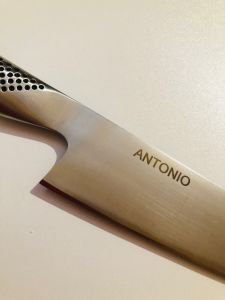Language
WORLDWIDE SHIPPING
Chef's knife cm. 20 Kitchen Collection series by BregagliaKnife
€105.00
€86.07
Availability:
In stock
Dedicated to those who, even in the kitchen, do not want to give up the elegance of wood: in this series the refinement of walnut meets modern lines of a sinuous and ergonomic handle and blades with dynamic profiles, designed to make every gesture natural. Furthermore, the ring nut made of 304 stainless steel naturally connects the blade and handle, giving stability and perfect balance during use. The result is an unexpected meeting between classic elegance and contemporary innovation, for an exceptional performance in the kitchen.
Expertly handcrafted and designed for versatility, our precision chef's knife is the workhorse of the kitchen. Whether dicing vegetables, mincing garlic or slicing succulent meats, this knife offers precision and control. The sturdy blade, balanced handle and ergonomic design make it a must-have for any aspiring chef. Elevate your dining experience with the knife that redefines excellence.
Swedish steel 14C28N:
14C28N is a nitrogen-reinforced Alleima® chromium-martensitic stainless steel (C 0.62%, Cr
14%, N 0.11%). Its composition offers a unique combination of properties, including very high hardness, 60 (±1) HRC, good corrosion resistance and excellent cutting edge performance in terms of sharpness and stability.
Heat treatment:
All blades are subjected to a cryogenic nitrogen heat treatment to improve hardness and transform the internal structure, allowing for maximum cutting performance.
Handle:
The handles are made of walnut wood, whose grain makes each piece different from the others.
Cleaning and Maintenance:
It is recommended to wash the knife by hand to avoid deterioration of the material and loss of sharpness.
Blade length: 20cm.
Weight: 134g.
FAQs

 IT
IT FR
FR
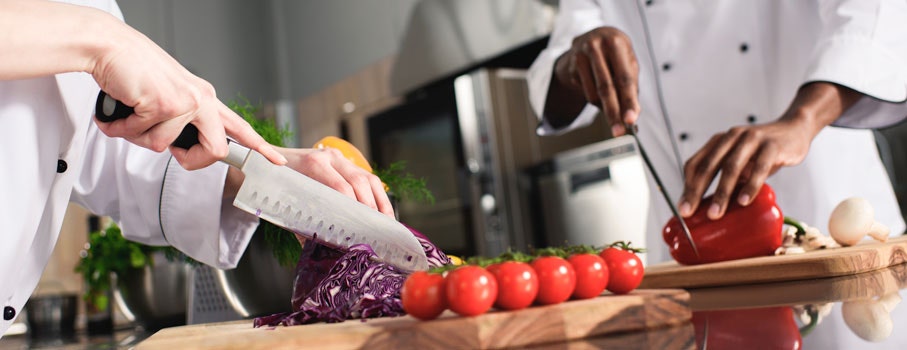
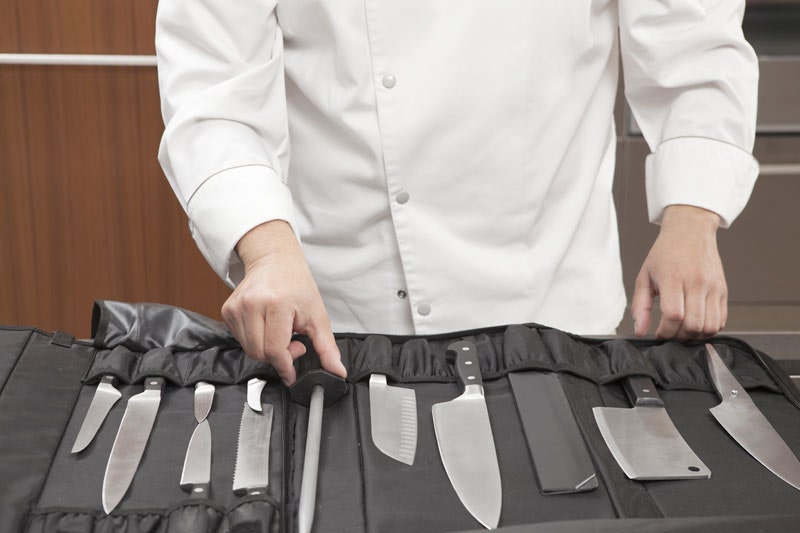
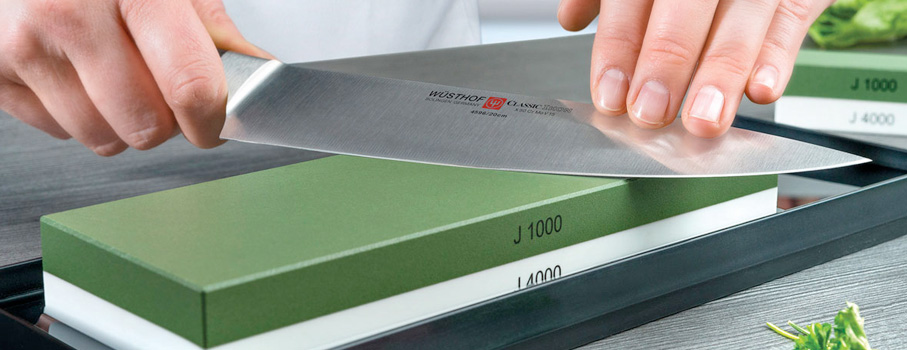
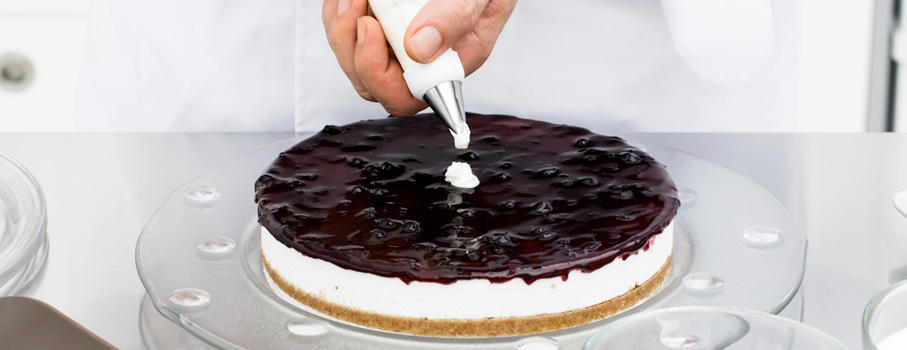

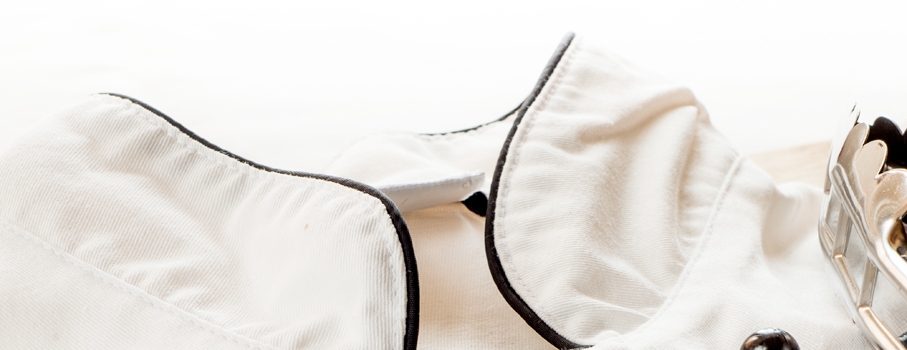
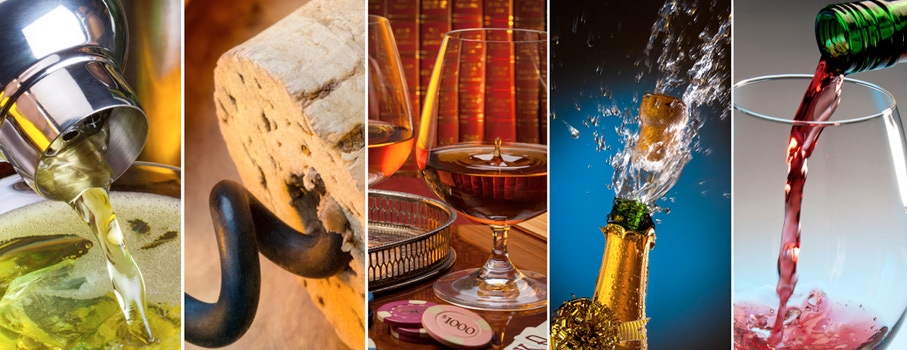
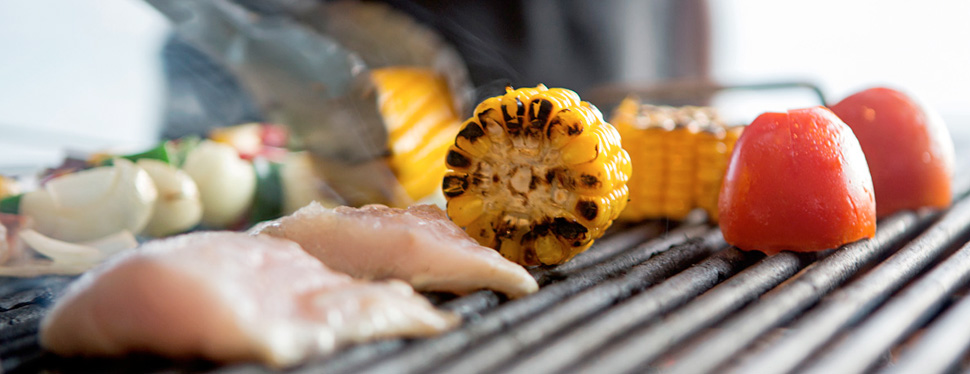

 IT
IT FR
FR
